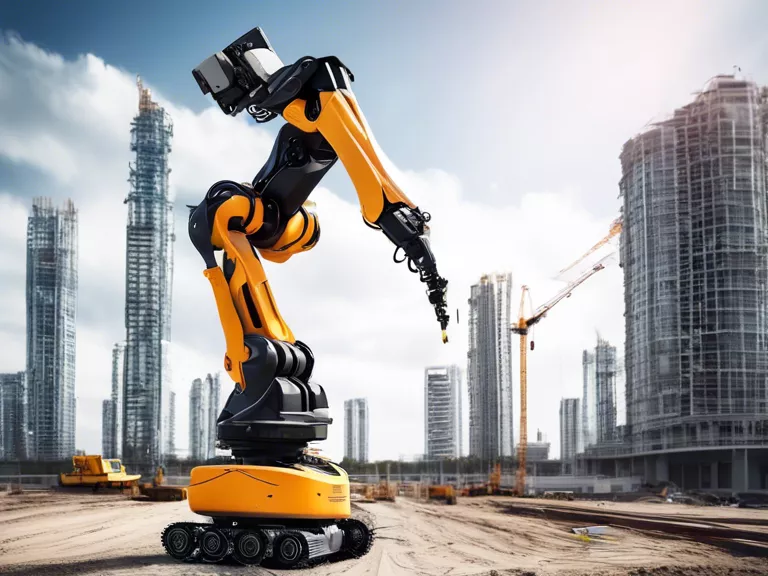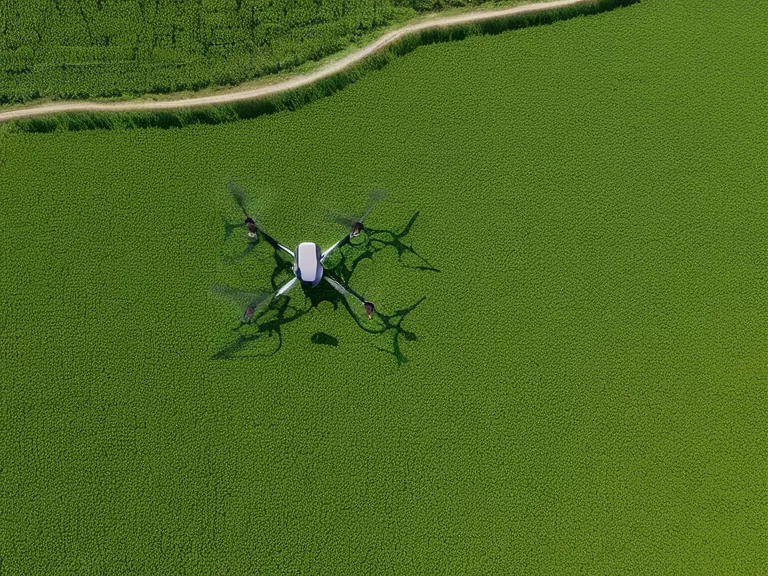
With advancements in technology, the construction industry is on the brink of a major transformation. Autonomous robots are changing the way buildings and infrastructure are being designed, constructed, and maintained. These robots, equipped with artificial intelligence and machine learning capabilities, are redefining the future of construction and infrastructure in numerous ways.
One of the key advantages of autonomous robots in construction is their ability to work faster and more efficiently than human labor. These robots can perform tasks such as bricklaying, welding, and even 3D printing with precision and accuracy. This not only speeds up the construction process but also reduces errors and waste, ultimately saving time and costs.
Autonomous robots are also significantly improving safety on construction sites. With their ability to work in hazardous environments and handle heavy machinery, these robots can take on dangerous tasks that would put human workers at risk. By delegating these tasks to robots, companies can ensure the safety and well-being of their employees.
Furthermore, autonomous robots are revolutionizing infrastructure maintenance. Drones equipped with cameras and sensors can inspect bridges, roads, and other structures for damage and deterioration, allowing for early detection and preventive maintenance. This not only extends the lifespan of infrastructure but also reduces the need for costly repairs and replacements.
In addition to construction and maintenance, autonomous robots are also changing the landscape of design and planning. Using data and analytics, these robots can predict potential issues in a project and suggest alternatives to optimize efficiency and sustainability. This level of precision and foresight is invaluable in ensuring the success of complex construction projects.
In conclusion, autonomous robots are poised to revolutionize the construction and infrastructure industry. By incorporating these robots into the mainstream, we can expect to see faster construction timelines, improved safety measures, enhanced maintenance practices, and more sustainable designs. The future of construction and infrastructure is indeed being redefined by the advent of autonomous robots.



